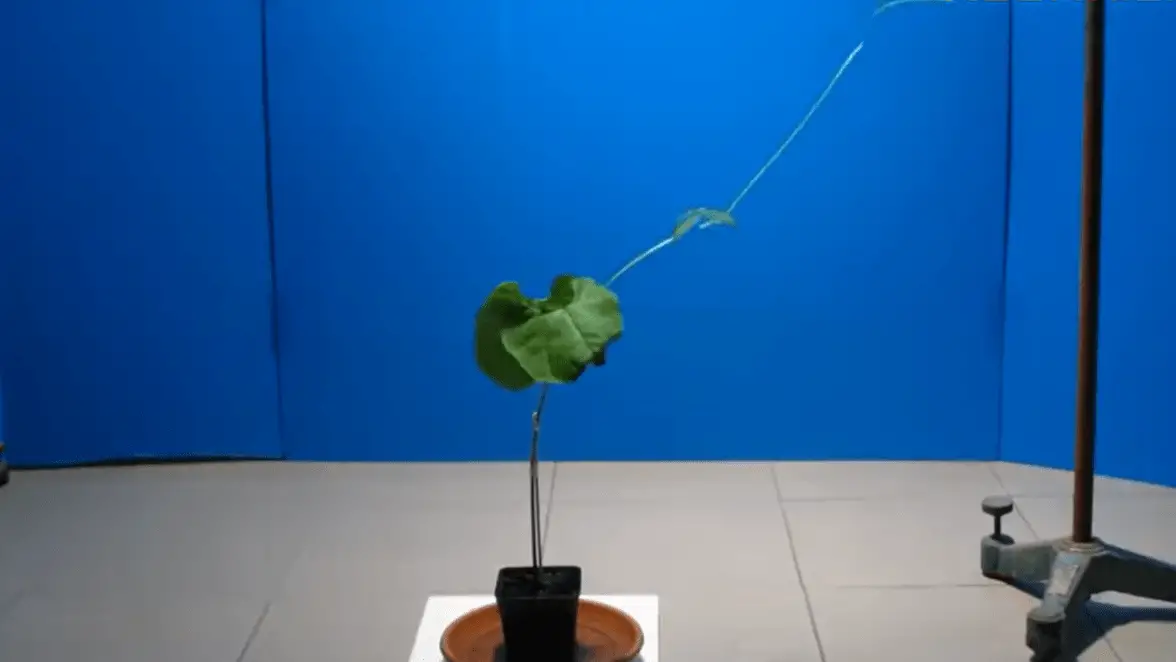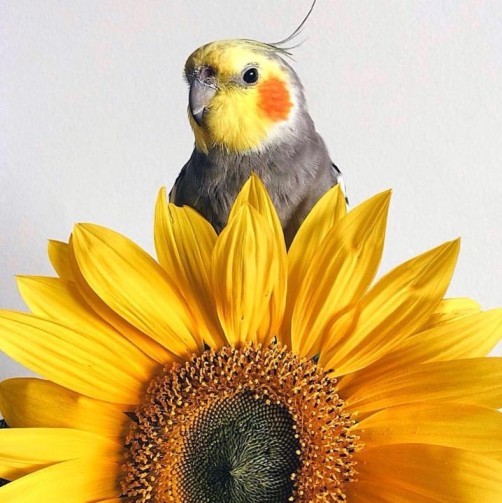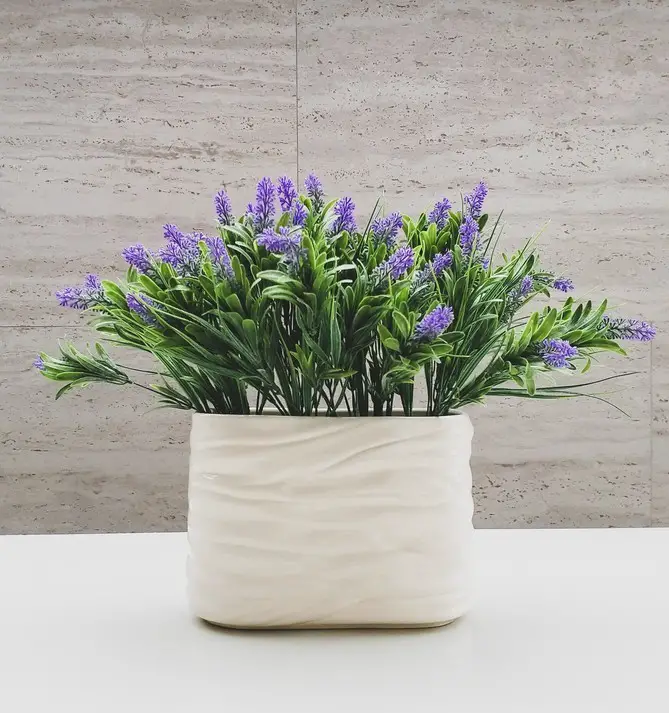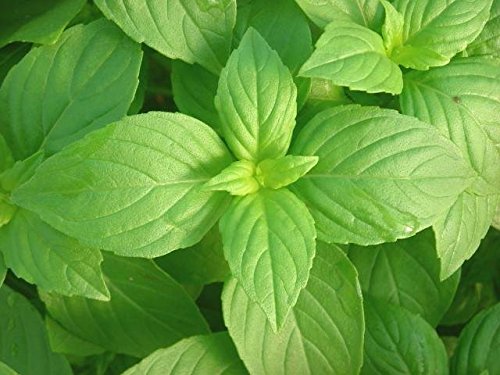Considering the world we live in nowadays, we can tell that plants are becoming more popular. More people are interested in nature. This is of course good news because plants indeed can be considered as pets. They are living creatures after all, right! But do plants have feelings? can plants see, hear and smell?
Do plants have feelings?
I believe that this question crossed every human being’s mind. We, as human beings, like to be considerate and care for each other’s feelings, at least that is what I like to think. We always try to be careful with our words and actions used with either humans or animals. Now that we all know that animals do have feelings, what about plants? And can they hear, smell, and see?
Can Plants Hear?
An experiment done by Peter Tompkins in 1973 revealed that plants respond positively to the sound of classical music. However, this was not looked at as a fact until recent years where more research has been innovating this idea. Some scientists at the University of Missouri in Columbia put a caterpillar on a plant and recorded it munching on the leaves. They took the audio and played it for other plants to “trick” them into thinking that they were being eaten by a caterpillar.
Surprisingly, the plants responded by releasing a large quantity of glucosinolate. Glucosinolate is a toxin released by plants so that bugs and insects do not come near them. But when the plants were exposed to the sound of classical music, there was no response.
For that reason, scientists have concluded that plants have recognized the sound of the caterpillar as being part of their environment. Scientists have called this “ecological relevance.”
Can Plants Smell?
Some scientists from Switzerland have backed up the previous research and evolved it by finding out that some plants can also smell insects and bugs which are near. They can also smell the signals released by other plants nearby.
by nature, any creature has a survival mode. We do our best to avoid danger and live a long life. it goes the same way with plants. that what makes some plants immortal and live forever. they can “smell” danger. once they do, they prepare their bodies for defense. some plants release toxins to make their leaves taste bad so that insects won’t eat them.
Can Plants See?
There was an experiment done filming a small grape plant seeking in its surroundings for the nearest support to grab onto. That experiment has proved that plants can check their surroundings and behave accordingly with their convenience.
You’re probably wondering how scientists can state that plants can see, hear, and smell without having eyes, nose, ears, nor brains. I understand how weird all this might sound to you, but stick with me a bit longer as things will be clearer in a second.

Regardless of the fact that plants eat, breathe, and die, can they sense anger and pain? I know that there are a lot of you who are wondering whether we are harming the plants by either using them in the kitchen or making products out of them. I am here to tell you that there is absolutely no chance of that being true.
There is no scientific strong evidence that proves that plants have feelings. In order for a creature to experience emotions, they need to have a brain and nervous system. As many neuroscientists say “ no brain no pain.” Because as most of us know, feelings are responses created in the brain. Dr. Thomas Nuhse argues that plants react when they sense danger, such as when you cut a leaf or when an insect chews on its leaves. An electrical signal would be sent from the wounded place to throughout the whole plant in order to defend itself.
So plants might not feel pain like animals and humans, but they sure do respond. They will also need a certain level of intelligence to be able to distinguish the different emotions and feelings, right?
Do Plants Have Intelligence?
nowadays, many vegans are wondering if plants feel pain. As I mentioned before, for the plants to sense emotions and feelings, it needs a nervous system and stimuli. Feelings cannot be generated from only fibers. However, plants have what is known as “tropic” and “nastic” responses to stimuli. Tropic responses tend to be faster than nastic responses; plants’ growth is determined by the stimuli of light, water, gravity, and touch. Whereas nastic responses are related to temperature, humidity, light irradiance stimuli.
When plants are short on water, they can send a warning to plants nearby that there is a lack of soil hydration. it goes the same way when they sense parasites and insects. So, yes, I am fully aware of those kinds of plants such as the Venus Flytrap plant which senses the presence of insects and eats them, or the ones that move when you touch them such as the Makahiya plant; also known as the Shy plant.




